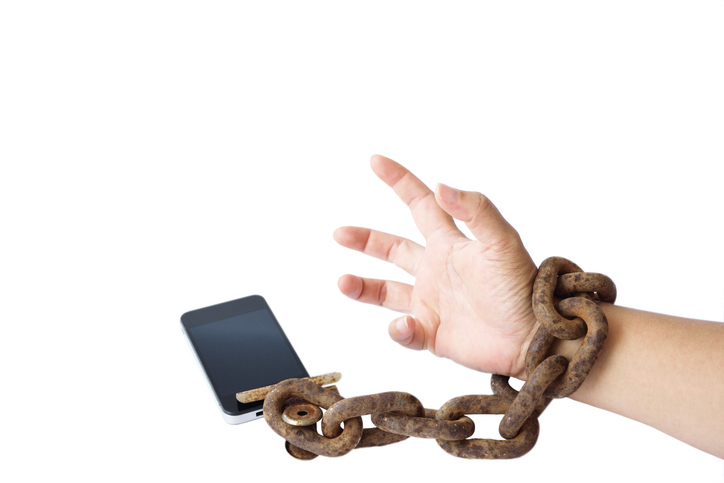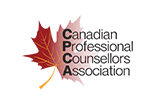
With the rise of social media usage in the last decade, connectivity has increased, enabling us to reach our friends and loved ones at any time, from anywhere in the world (Talkspace, 2022). Information is readily available to us as well, and the activities of our favourite celebrities and teams can be viewed with a simple click. Social media’s ability to connect us has impacted our society in many positive ways, but these platforms can also lead to some negative consequences for users (Talkspace).
Social media usage can influence our brains harmfully, (Cherney, 2020) with many people using it compulsively as a tool for validation, distraction or attention (Kalligas, 2017). According to Statista, the average amount of time Canadians spent on social media in 2021 was almost two hours per day, a statistic which appears to be only increasing.
If you’re pursuing a career as a life coach, you’ll be helping your clients to find their purpose, create and achieve their goals, and develop healthy habits and mindsets in their daily life. Throughout your career, it’s likely that you’ll work with clients who are struggling with their social media usage, seeking to reduce the grip that these platforms have on their lives. By helping your clients to set boundaries around their usage, they’ll be able to establish a better relationship with social media. Below, discover some tips for helping your clients to set healthy boundaries with their social media use.
Negative Effects of Social Media Usage to Look for During Your Life Coach Career
After completing your life coach training, being aware of the negative consequences of social media usage will be important when it comes to helping clients reduce or set boundaries around their consumption. Clients who are overusing or engaging negatively with social media may experience heightened anxiety, depression, isolation or low self-esteem (Cherney, 2020). These feelings are often based on unhealthy comparisons, due to the perception that the lives of others (as shown on social media) are better than one’s own life (Cherney, 2020). Social media usage can also prevent people from engaging with their loved ones in real life, inhibiting their social life (Bengston, 2017).
What’s more, social media can be full of negative discourse, from pushing false agendas to toxic commentary and bullying (Bengston, 2017). Despite these negative outcomes, social media usage can often be addictive, with dopamine signals in our brains becoming activated through usage (Cherney, 2020). To avoid the cravings that come with logging on to these platforms, setting boundaries is important as a social media user (Community Reach Center, 2018).

Suggest that Clients Set a Time Limit
When your client is struggling with social media usage, as a life coach, you might suggest that they set time limits around their social media usage. Ask your client to think about the amount of time that is reasonable for them to spend on social media per day (Community Reach Center, 2018). Your clients might consider setting aside time to catch up on social media, respond to messages and maintain the connections they have on their platforms, without becoming consumed by overuse (Tartakovsky, 2016). To make setting boundaries around time easier, clients might consider boosting their accountability by setting a timer or screen limits (Bengston, 2020).
Cut Out Negative Interactions
During your life coach career, you will find that many of your clients’ anxieties surrounding social media stem from the fact that they are interacting with negative people, accounts or organizations. Whether they are engaging in argumentative commentary or reading hateful posts, these interactions can be harmful to their mental health (Community Reach Center, 2018). As a life coach, you can advise your clients to unfollow or block any accounts that do not bring them joy, as this will help to reduce the negative energy that can result from social media usage (Bengston, 2020).

Remind Clients to Remain Intentional With Their Social Media Use
As a life coach, you will be consistently working with your clients to help them find their purpose and mission in life. When it comes to setting boundaries around social media, you can apply the same framework. Ask your clients to consider how they would like to use social media, and what purpose they would like it to serve within their lives (Tartakovsky, 2016). For example, if they are using social media primarily to keep in touch with their friends and family, it might help them to limit the accounts they follow to their inner circle. Whatever their goal or purpose is, setting an intention around the use of social media can help your clients to stay grounded when using these platforms, protecting their mental health and enhancing their everyday happiness.
Are you ready to earn your life coach certification?
Start training with a program at Rhodes Wellness College today!
Works Cited:
Bengston, I. (2020). Boundaries on Social Media: How to Protect Your Privacy, Relationships, and Mental Health. Love Grow Be Happy. Retrieved April 29, from https://www.lovegrowbehappy.com/boundaries-on-social-media/
Cherney, K. (2020). Social Media Addiction: What It Is and What to Do About It. Healthline. Retrieved April 29, from https://www.healthline.com/health/social-media-addiction
Kalligas, K. (2017). Social Media’s Dark Side: Learning to Set Boundaries. Entrepreneur. Retrieved April 29, from https://www.entrepreneur.com/article/297029
Tartakovsky, M. (2016). 10 Tips for Setting Boundaries Online. Psych Central. Retrieved April 29, from https://psychcentral.com/lib/10-tips-for-setting-boundaries-online#1
Community Reach Center (2018). Social Media & Mental Health Tips. Retrieved April 29, from https://www.communityreachcenter.org/blog/social-media-and-mental-health-tips-on-setting-boundaries/
Talkspace (2022). How to Set Healthy Boundaries with Social Media. Thriveglobal.com. Retrieved April 29, 2022, from https://thriveglobal.com/stories/how-to-set-healthy-boundaries-with-social-media/









